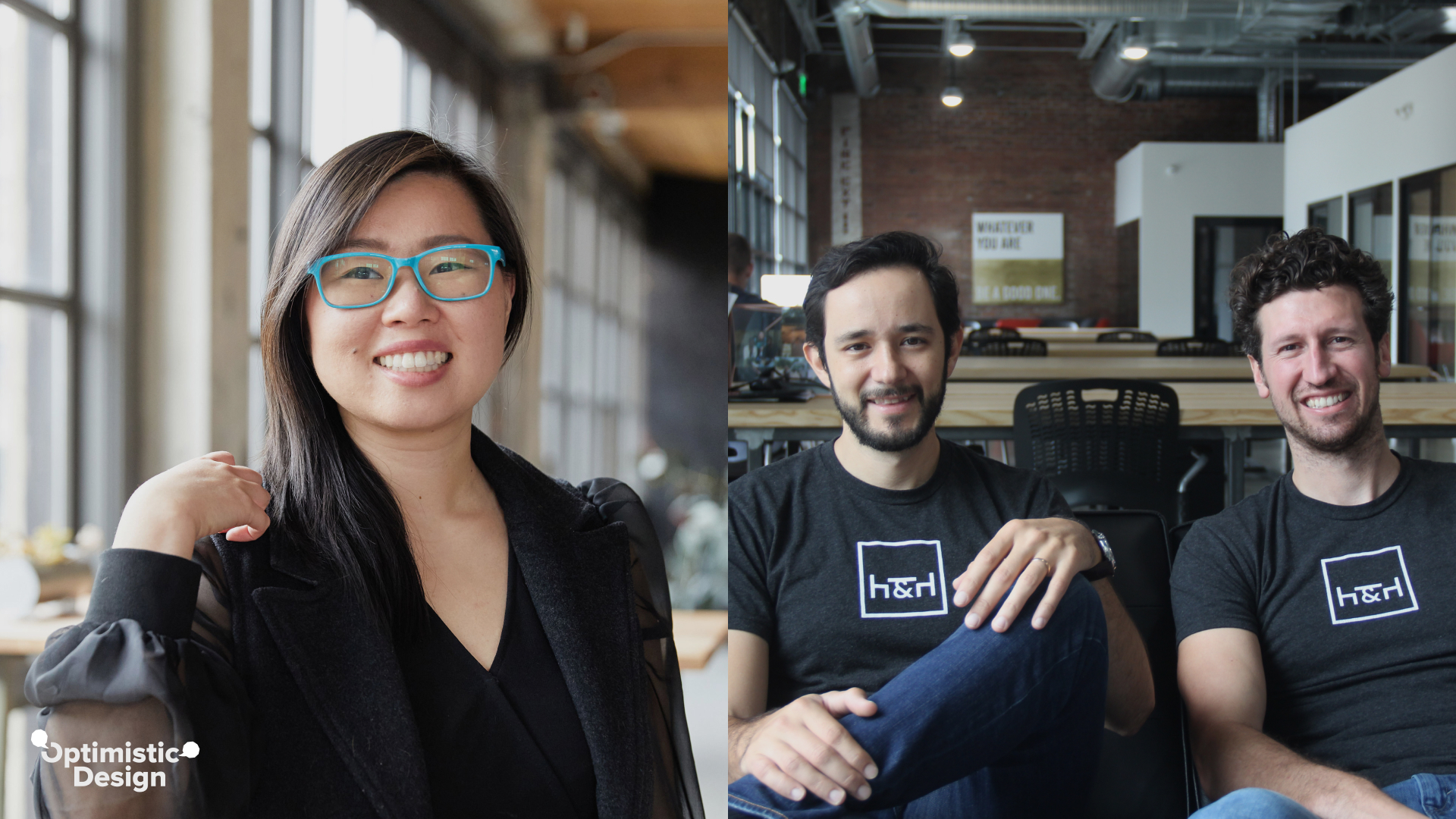Fred Kukelhaus and Ben Young are the co-founders of Hugo & Hoby. They founded the organization with the simple mission to make beautiful, locally crafted, and sustainable furniture more widely accessible. They’ve partnered with the best fabricators, craftspeople, and artisans in the country in order to build single-source, locally-focused pieces for Patanogia, Sam Adams, Google, and many other companies. Hugo + Hoby is also a Certified B Corp and member of 1% for the Planet, planting over 25,000 new trees in at-risk domestic forests and supporting environmental non-profits.
Hugo & Hoby envisions a world in which local manufacturers, forests, and businesses thrive through their interdependence. Every day, they strive to balance meaningful work, environmental stewardship, and joyful community. They hope to inspire others to do the same.
“The whole premise of what we're trying to do is make sure that when we're building something we're investing back in the community.Frederick Kukelhaus : Founder / Hugo & Hoby
References & Social
- Hugo & Hoby
- Frederick Kukelhaus on LinkedIn
- Ben Young on LinkedIn





